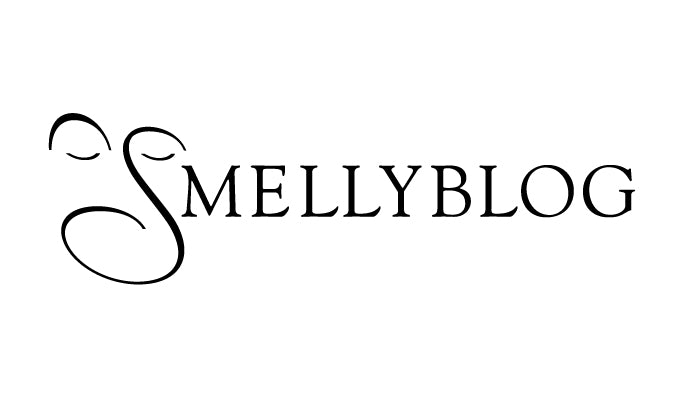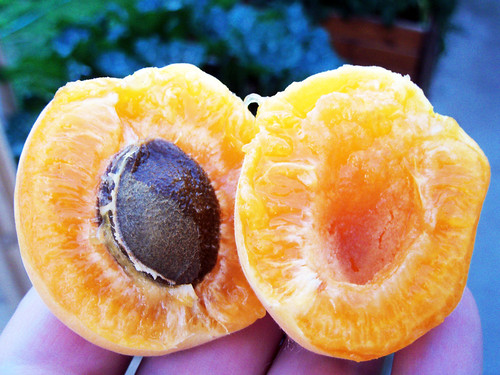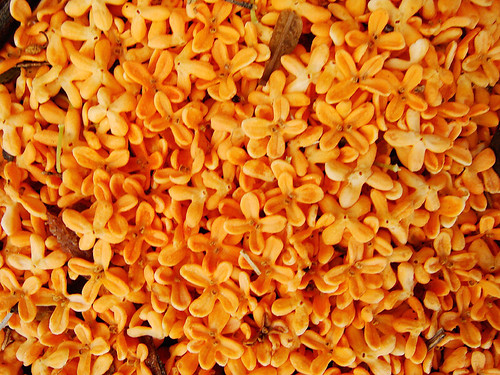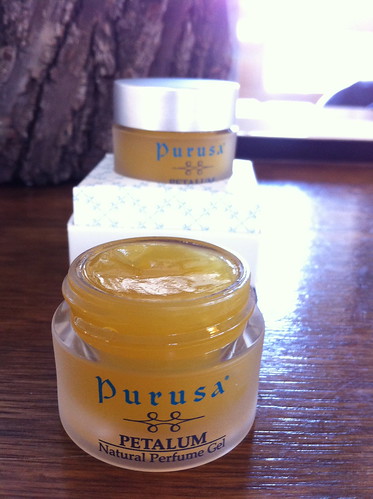Sweet Breath
Anima Dulcis (Sweet Soul in Latin) was one of those rare things in the perfume world: love at first sniff. And that first sniff began intriguingly with cumin, a note so rarely used in perfume, and when it does is considered a daring choice. It's not-always favourable association with sweat is precisely what makes cumin compelling to me. It makes it more human and accessible on a personal level.
The love at first whiff is not so much because of the cumin, but more so with how it is orchestrated with iris and earthy-ambery base that brings to mind non other than the reformulated Femme de Rocahs (1989). In the latter, there is something audaciously over-the-top and a tad plastic-y.
Anima Dulcis, however, is everything I could hope that version of Femme would transform to on my skin and better. The cocoa plays greater role in the ad copy (a Mexican theme of chocolate and chilli) than in the perfume: it's merely in the background, creating a layer of soft-focused dusting to complement the powdery orris, indolic jasmine and liberating hedione, and leading to a sensual, earthy finale of dark patchouli of the best kind and the bitterness of arcane myrrh resin.
Discovering it was like meeting an old friend I was searching for a long time. A consoling moment. And to me the name is more of a suggestion that there is an echo to our soul somewhere, whether or not we're aware of it.
Top notes: Cumin, Black Pepper, Ylang Ylang
Heart notes: Jasmine, Cinnamon, Orris Root
Base notes: Vanilla, Patchouli, Benzoin, Myrrh, Cacao
The love at first whiff is not so much because of the cumin, but more so with how it is orchestrated with iris and earthy-ambery base that brings to mind non other than the reformulated Femme de Rocahs (1989). In the latter, there is something audaciously over-the-top and a tad plastic-y.
Anima Dulcis, however, is everything I could hope that version of Femme would transform to on my skin and better. The cocoa plays greater role in the ad copy (a Mexican theme of chocolate and chilli) than in the perfume: it's merely in the background, creating a layer of soft-focused dusting to complement the powdery orris, indolic jasmine and liberating hedione, and leading to a sensual, earthy finale of dark patchouli of the best kind and the bitterness of arcane myrrh resin.
Discovering it was like meeting an old friend I was searching for a long time. A consoling moment. And to me the name is more of a suggestion that there is an echo to our soul somewhere, whether or not we're aware of it.
Top notes: Cumin, Black Pepper, Ylang Ylang
Heart notes: Jasmine, Cinnamon, Orris Root
Base notes: Vanilla, Patchouli, Benzoin, Myrrh, Cacao








